How to Make a Chicago-Style Hot Dog
A step-by-step guide to every condiment and step in making the perfect, authentic Chicago-style hot dog.
The Chicago Hot Dog is, perhaps, one of the most improbable food combinations in the world. We do know this: it shouldn't work. A towering, precipitous bundle, loaded up with so many condiments that it's twice the volume of the dog itself. It threatens to fall apart, to be so absurd it forgets its provenance as a hot dog. It's misguided, it's madness. Yet it's mad enough to succeed brilliantly.
The ratio of bun-to-dog in a normal hot dog is just about right: not too bready, not too meaty, just balanced. A tongful of sauerkraut or some minced onions, a smear of good mustard: isn't this all a hot dog needs?
Chicagoans laugh. They condescend. They throw away inhibitions like ratio and create a new set of rules. No, a hot dog needs much more. Not only mustard and chopped onion. It needs tomato slices. It needs relish. It needs hot peppers. It needs an entire dill pickle spear the size of the dog itself. It needs celery salt. The only thing it doesn't need is ketchup .
Nick has become a true fan of the Chicago dog in his year living in this great city. And while I have been enjoying Chicago dogs since I was a kid--I actually remember my first taste vividly as one of culinary illumination, the magic of so many flavors combining--I have never made one at home. So Nick has dragged me into his kitchen to demonstrate the proper way it's done. And I figured, why should this information be solely my privilege?
So here, in full color for your benefit, is my lesson in Chicago-style hot dog making.
Part I: The Ingredients
We'll begin with the dog , which is actually the most difficult to get right. A true Chicago dog needs a natural-casing hot dog, preferably (though it's not mandatory) made by the Vienna Beef company. Yet even in Chicago, it is hard to find a dog with natural casings. Most grocery-store hot dogs are packaged without casings, also known as "skinless." Yet the casing is a mandatory part of the hot dog's "snap" when you bite into it, a satisfying resistance to the teeth that eventually yields to reward you with mouthwatering juiciness and flavor.
We found our natural casing hot dogs at the Vienna Beef factory in Chicago, where they sell them by the pound (not in packages); on the East Coast look for Nathan's brand. It goes without saying that this should be an all-beef frankfurter.
Next, the bun . A Chicago dog calls for a poppy-seed bun, preferably S. Rosen's brand.
These buns are available to order online for those outside the Chicago area.
The mustard should be yellow; Plochmann's brand is often used, or French's. Brand is unimportant. Avoid brown mustard or Dijon.
Go with a fine dice on the onion ; use Vidalia onions for less bite.
The relish is a completely unnatural shade of neon green; the ingredients indicate it's essentially minced pickles in green sugary syrup.
Rolf's brand, the original, is tough to find, even in Chicago. Subsitute a sweet relish if you can't find Rolf's.
The tomato should be cut into thin wedges.
Next the pickle .
Seek out a kosher dill spears from the refrigerated section of the grocery store, rather than the aisle, where you'll find mushy pickles. The snap of the pickle is as important as the snap of the hot dog --refrigerated pickles are a must. Claussen is a great brand to use.
Sport peppers are a spicy but not-overly-hot pickled pepper.
They are left whole on the hot dog. Some people prefer their Chicago dogs without these, which I think is an acceptable choice, though others would disagree. When I was a kid I asked for it without peppers.
And finally, celery salt is the secret ingredient of Chicago dogs, a blend of celery seed and salt and gets sprinkled on everything at the end. Its provides an unmistakeable but hard-to-place flavor that ties it all together.
Part II: Cooking and Construction
There is more than one acceptable way to cook the dog itself, but we prefer it steamed. Hot Dougs grills their Chicago Dog, and many places boil it; a long time ago we posted about a very effective method of skillet-cooking for those that like a little more browning. Steaming, though, seems to keep the hot dog especially juicy and doesn't leech out any fat. Since the buns require a bit of steaming anyway, it's convenient to do it this way.
Place a pot with a couple inches of water in the bottom and a steamer insert over high heat and bring the water to a boil. Steam the dogs for 5-6 minutes, then add the buns and continue cooking for an additional minute. In the meantime, prepare the condiments and toppings.
Prepare to dress the dog by placing the sausage inside the bun. Throughout, add condiments and ingredients directly onto the dog rather than the bun; it's steamed and soft and shouldn't be smothered any further.
Pictures, rather than words, will take it from here. The excessive beauty of a Chicago dog speaks for itself. Click on the first picture below for a larger-sized version, and you can scroll through the additions one-by-one.
P.S. Good news! Elin and I found an apartment .
With special thanks to http://www.hotdogchicagostyle.com for much of the information in this post.
Food, American, Chicago, Chicago, Chicago-style hot dog, Condiments, Contact Details, Fast food, food, Food and drink, Hot dog, Hot dogs, Hot Dogs, Mustard, Relish, Sandwich, Sausage, Sausages, Street food, Summertime, Vienna Beef, World cuisine

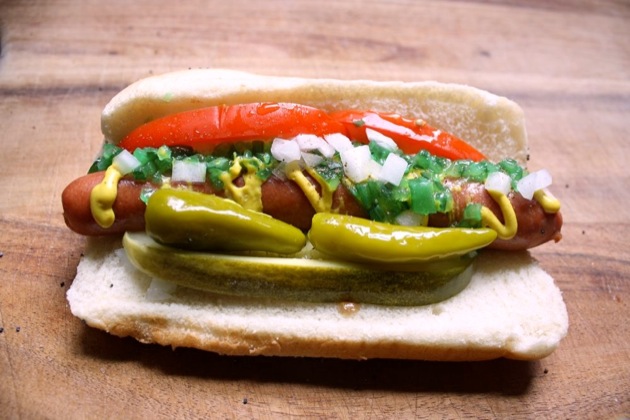
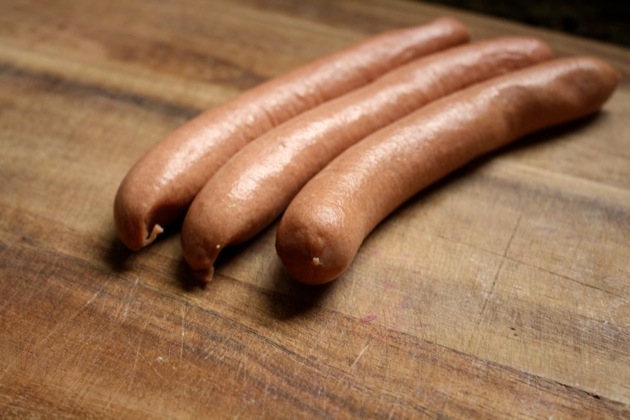
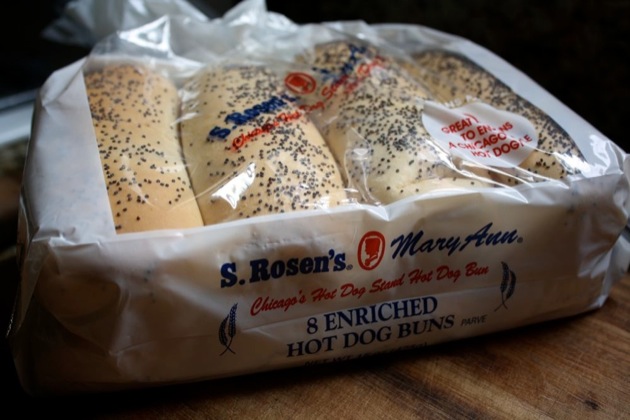
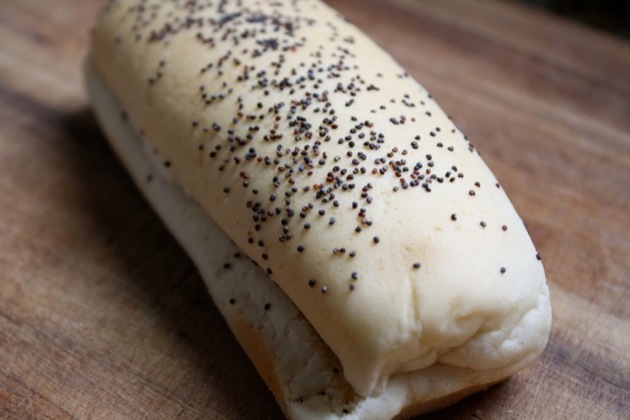
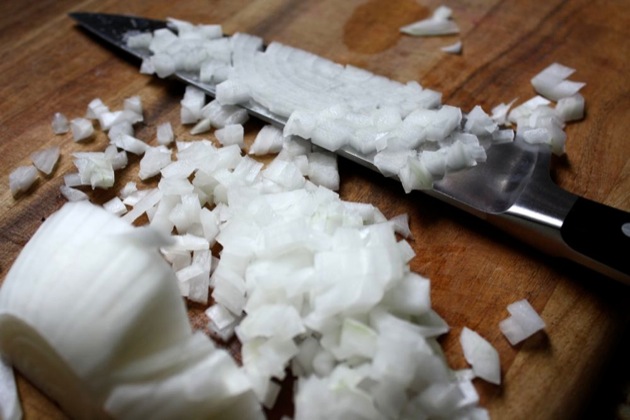
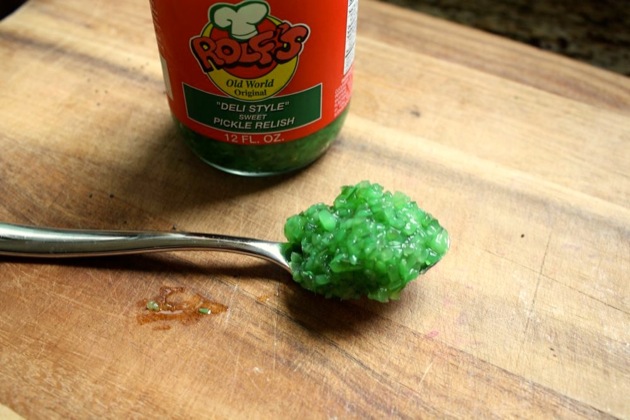
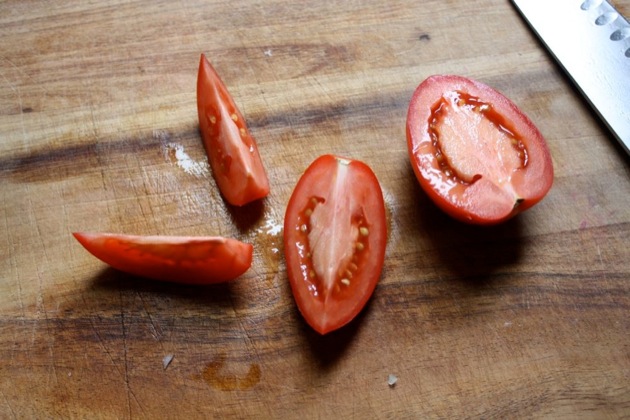
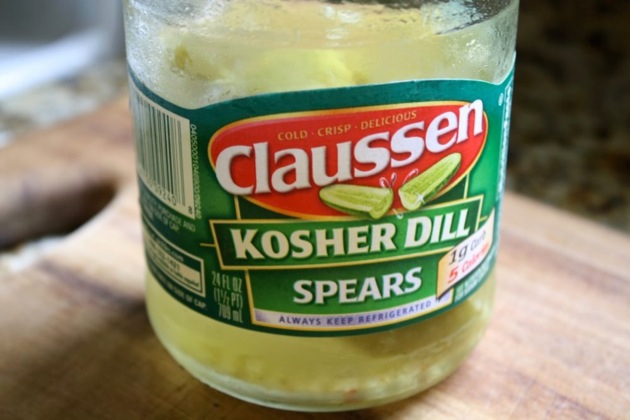
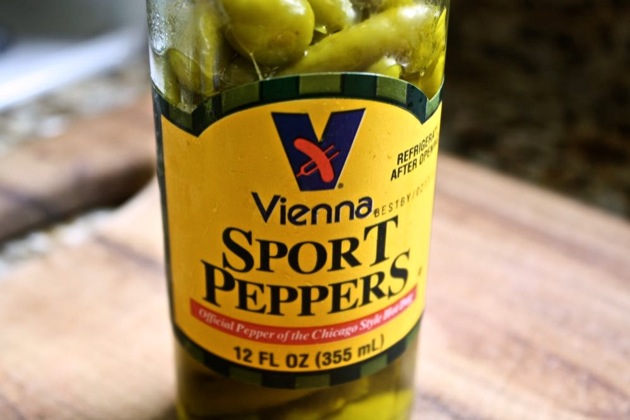
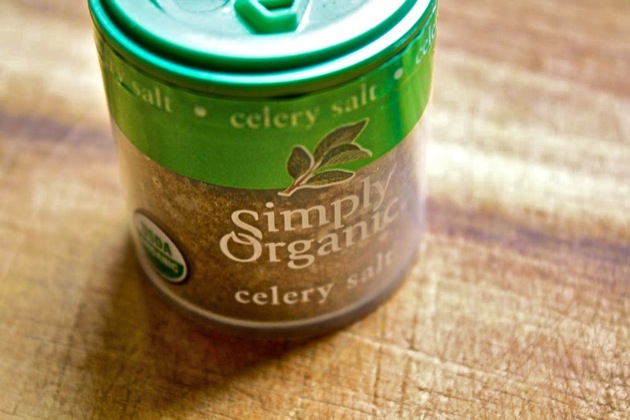
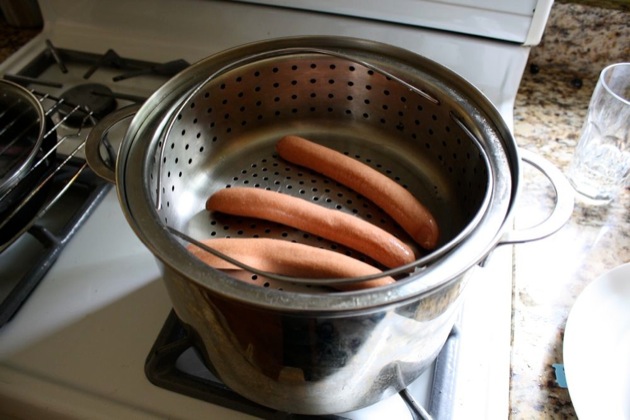
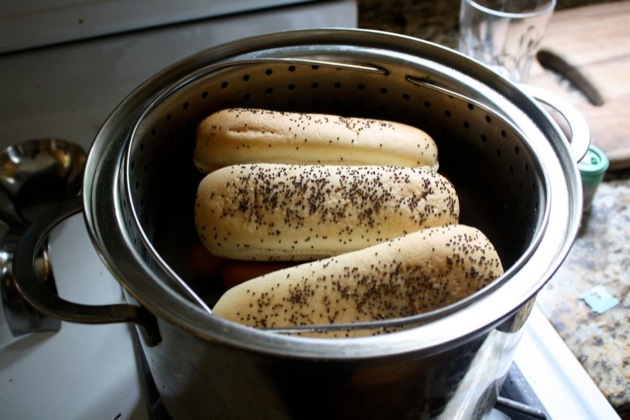
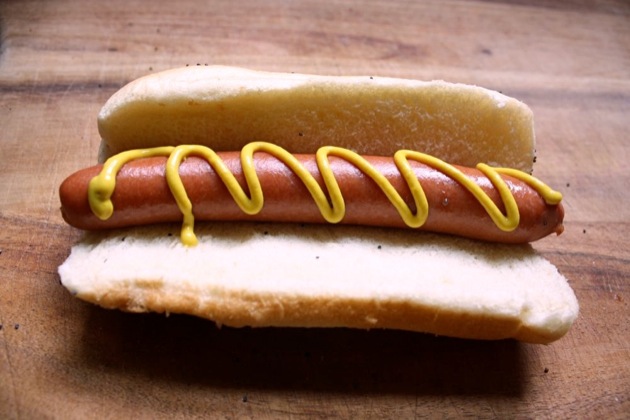
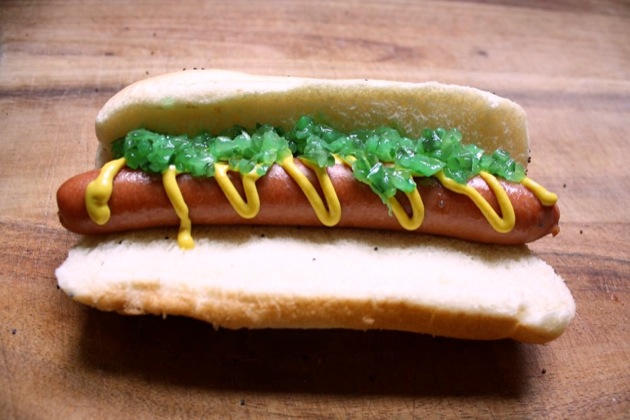
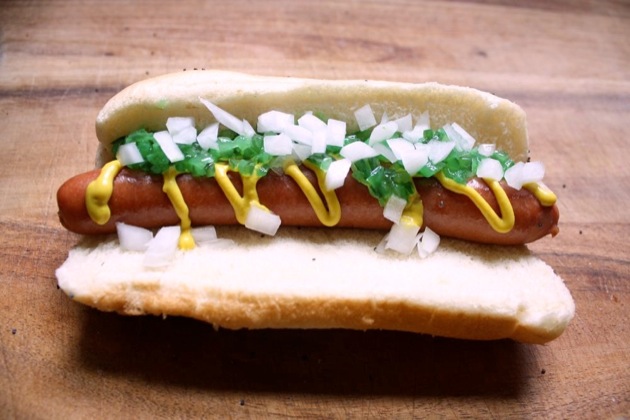
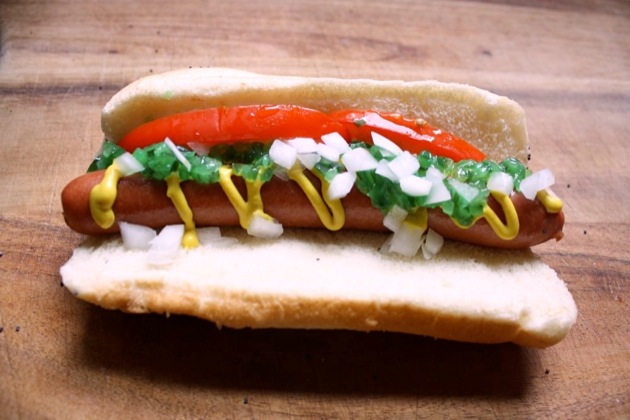
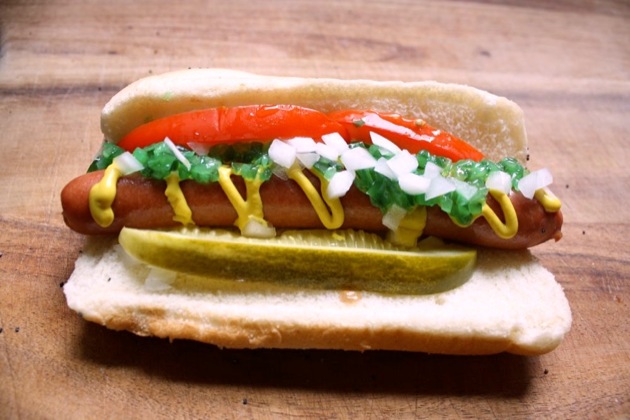
Comments:
Blog Comments powered by Disqus.